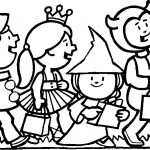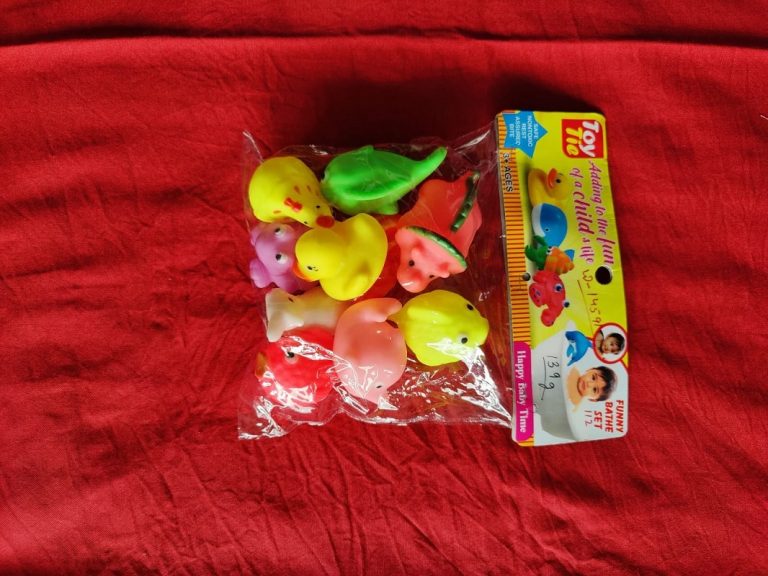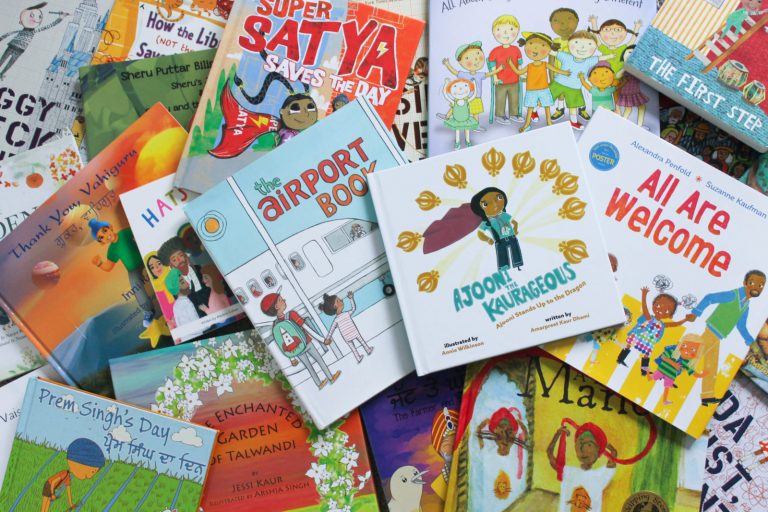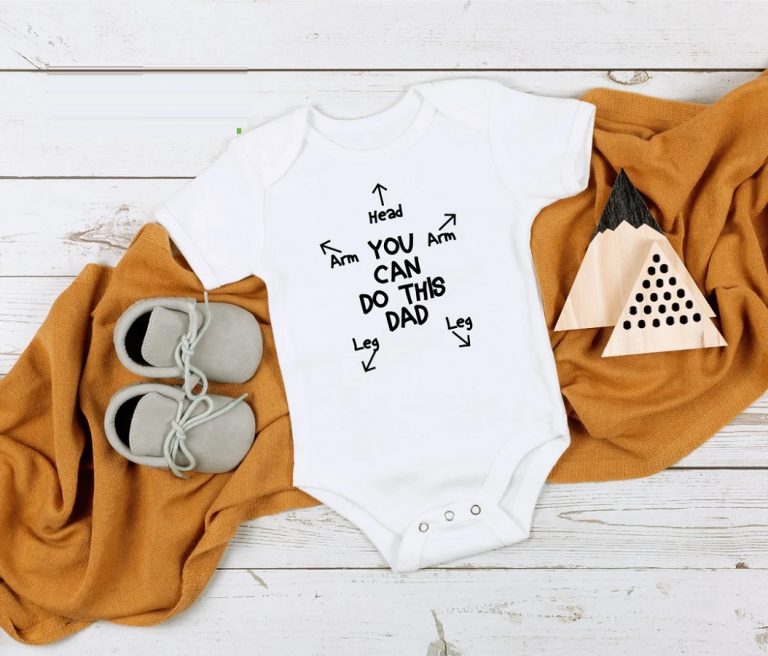Table of Contents
Learning any new skill takes time, practice, and patience. Crocheting is no different. The good news is that with the right guidance and mindset, anyone can progress from crochet novice to confident crocheter. Whether you’ve just picked up a hook for the first time or have basic skills but want to take your projects to the next level, these step-by-step crochet tips will help you on your journey.
Get started with the Basics
Before attempting complex stitch patterns; first ensure you have the core crochet techniques down. Mastering the basics is the key to step by step crochet success.
Practice consistently to train your hands to hold the hook properly while maintaining just the right tension. Be patient with yourself as you learn how to create a slip knot, chain stitches, single crochet, half double crochet, and double crochet. Over time these beginner stitches will become second nature.
Invest in Good Tools
Having quality crochet hooks and yarn makes a big difference when you’re first getting started. Purchase aluminum, wood, or plastic ergonomic hooks in various sizes. Ensure your yarn fiber and weight matches the recommended gauge for patterns you’re working on. Little investments here pay off down the road.
Step Out of Your Comfort Zone
It’s tempting to stick to basic patterns when you’re comfortable. But challenging yourself with new advanced stitches is how your abilities will grow. Step by step, build on what you know by learning one new technique at a time. After mastering it, incorporate the stitch into a more complex pattern. Before you know it, daunting patterns won’t seem so intimidating.
Learn to Read Patterns
All crocheters, novices and experts alike, depend on patterns to complete gorgeous finished pieces. Start out by working on straightforward patterns with basic stitches. As your skills progress, attempt more advanced patterns using stitch abbreviations as you go. Taking the time to learn pattern reading is invaluable.
Fix Mistakes as Needed
Errors happen, even if you’re an experienced crocheter. Fortunately most mistakes can be rectified once you know what to look for. If you notice dropped stitches, holes, inaccuracies in the pattern, or shape issues, stay calm. Take a deep breath, grab a crochet hook one size smaller, and gently work backwards to amend errors without losing stitches. Patience and persistence pay off.
Block Block Block
Blocking is the process of washing, laying flat, and stretching crocheted pieces into the desired measurements and shape. While it may seem like an unnecessary final step, blocking makes all the difference in producing professional-looking finished projects. So don’t skip this vital technique!
Join New Stitches Seamlessly
Putting pieces of a pattern together can sometimes feel frustrating if the edges don’t align correctly. Prevent this by mastering invisible seam joins. To do this, match stitch counts precisely and interlock the loops of the last row. Work join stitches through double layers only grabbing one loop to enclose the seam.
Key Takeaways:
- Start with mastering basic stitches before advancing to more complex techniques. Good foundations prevent headaches down the road.
- Invest in quality hooks and yarn suitable for each new pattern or project. Having proper materials sets you up for crochet success.
- Continually challenge yourself by learning new stitches to grow your skill set. Move beyond beginner patterns to expand abilities.
- Become fluent in reading stitch abbreviations. Understanding patterns is critical for all crocheters.
- Fixing mistakes is part of the process. Use smaller hooks to gently amend errors without losing work.
- Block all projects, regardless of size. Blocking lends a polished, professional edge that takes your work to the next level.
- Master invisible seam joins to transition between pieces flawlessly. Precise stitch counts and loop joins prevent gaps.
Follow these tips to transition from crochet novice to skilled artisan step by step. With some devotion to the craft and excitement to continually expand your knowledge, you’ll be creating show stopping projects in no time. Where will your hook take you next?
How long does it take to learn crochet for beginners?
Learning the basics of crochet is quite easy and you can pick up the fundamental stitches in just a few hours. However, fully mastering tension and gauge, complex patterns, stitch combinations, seamless joins and finishing will take much longer. On average expect it to take 2-4 weeks of consistent daily practice to become completely comfortable with basic techniques. After nailing beginner skills, keep challenging yourself with advanced methods for the first 6-12 months. Setting small goals and celebrating wins will keep you motivated. Be patient, progress intentionally, and crochet will soon feel natural.
What are common beginner crochet mistakes?
Beginners often struggle with tension, leading to inconsistent sizing. Make sure to maintain gentle pressure and don’t pull too tight or stitches become misshapen. It’s also normal to add accidental increases which make pieces wider than intended. Count stitches frequently to prevent this. Using the wrong weight yarn or hook size for patterns also trips up novices. Always confirm size recommendations first. Lastly, be aware of how you hold work – improper grip makes intricate stitches difficult to maneuver. Review hand positioning regularly until movements feel fluid.
How do I fix dropped crochet stitches?
Dropping stitches while working complex crochet patterns is incredibly frustrating but almost always fixable. First, carefully lay existing work down, gently pulling from last row to locate the dropped loop. Take a smaller steel crochet hook to grasp dropped stitch, catching bar behind loop. Draw dropped stitch and steel hook up to current row’s level, making sure neighboring loops remain secure. When recovered, return to original hook being used. Then continue working pattern across to fasten in dropped stitch. Work slowly, loosening tension if needed to avoid snags. Repeat process for additional dropped loops before resuming regular tension.
What is blocking in crochet?
Blocking is the process of purposefully manipulating finished crocheted pieces into the specified measurements and shape. It involves wetting or steaming projects, pinning/stretching to schematics per pattern, and allowing to fully dry before use. Blocking ensures consistency, prevents curled edges, reinforces drape and shape, and lends a polished look making designs pop as intended. It’s an indispensable last step used by advanced crocheters for garments, intricate lace pieces, or projects with fine gauge details. Be sure to note individual blocking guidance with each new pattern for best results.
How do you seam crochet pieces together?
Joining crochet work to create a whole fabric requires meticulous seamwork for flawless finishes. When putting pieces together, ensure edges have equal stitch counts. Align bars between end-of-round loops on each segment, pinning or basting temporarily to stabilize. Work a tapestry needle through double thickness only grabbing one bar on reverse side to encase join. Maintain even tension, matching stitches precisely across the seam without gaps for a near invisible look on right side facing. Ease and consistency comes with practice. Taking time to master invisible joins makes a world of difference!





















